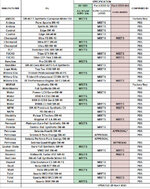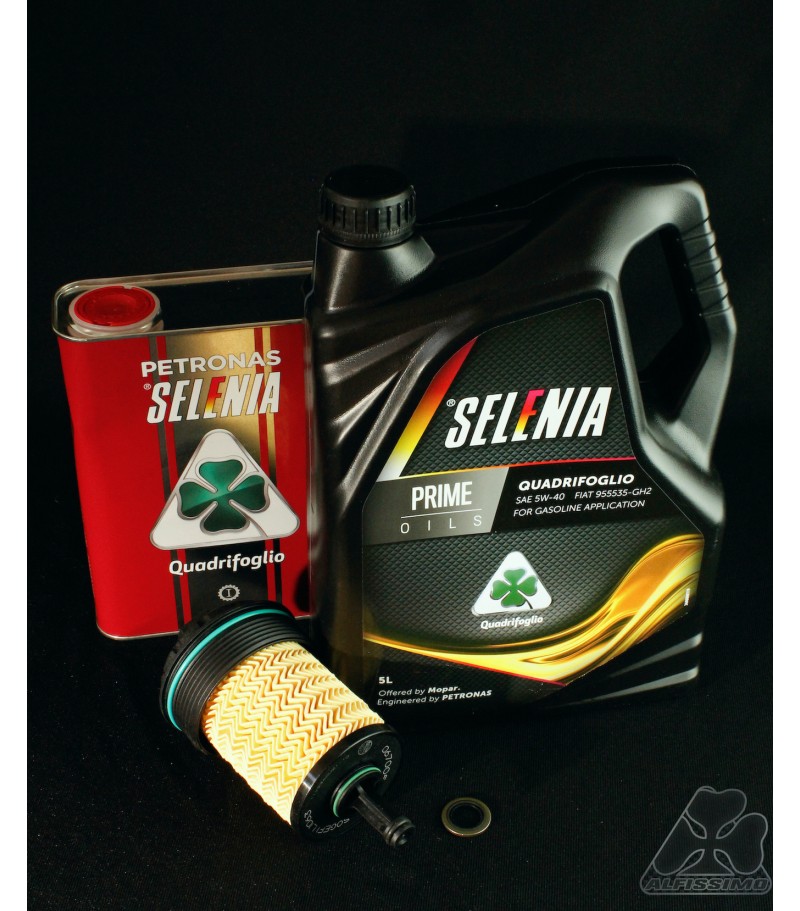How does AMSOIL Euro 5W-40 MS compare to Selenia Quadrifoglio (Fiat 9.55535 GH2)? The AMSOIL lists fiat 9.55535-Z2—does that supercedes/includes GH2?
Just been getting some cold startup misfires after the dealer put in their MOPAR stuff (Pennzoil Platinum Euro 5W-40) and wonder if perhaps that's not good enough for this finicky Italian engine.
Just been getting some cold startup misfires after the dealer put in their MOPAR stuff (Pennzoil Platinum Euro 5W-40) and wonder if perhaps that's not good enough for this finicky Italian engine.


